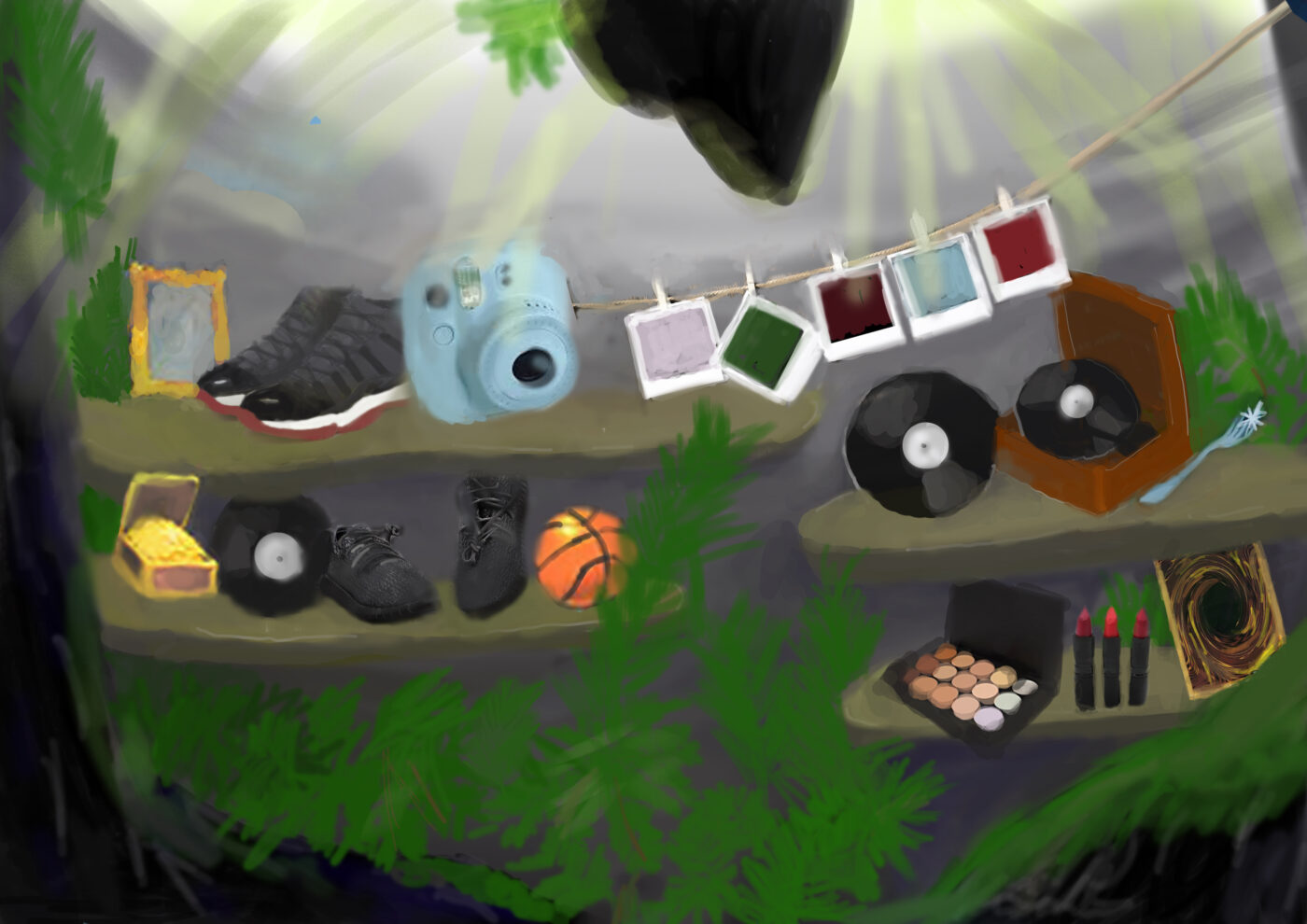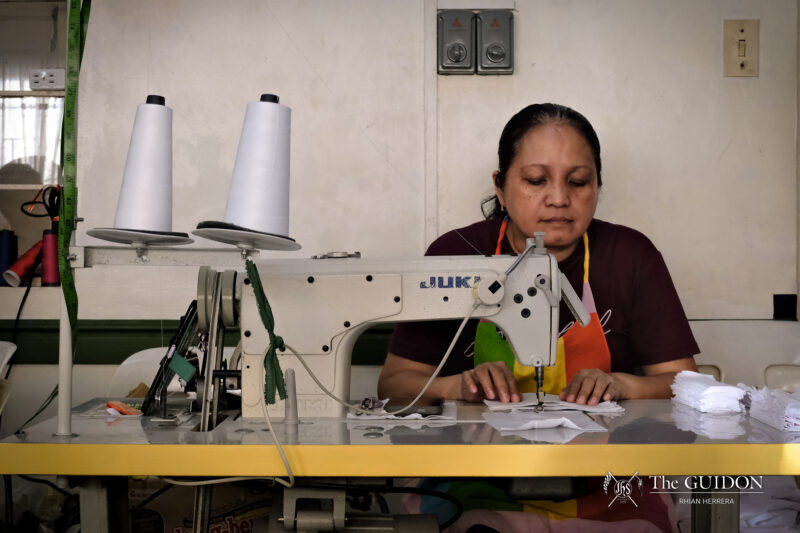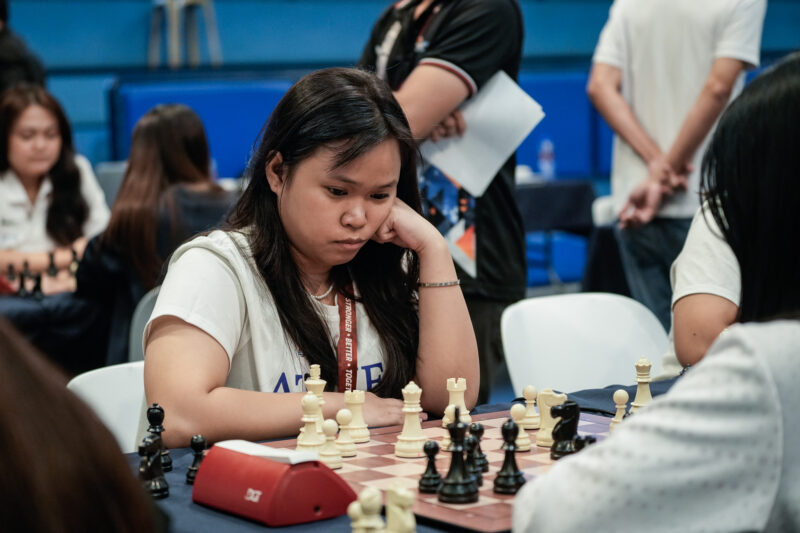The culture of collecting has evolved through the years such that today, it exists in a way that benefits the collector emotionally, economically, and socially.
“You’re a hoarder!”
This is the natural remark towards someone with a closet of shoes that rival Imelda Marcos’, or shelves upon shelves of vinyls and records. But to the person who has meticulously organized and cleaned each shoe or who has lovingly alphabetized each record with care, these items will never be just a mere “hoard.”
A lot of people are into collecting, whether it be sneakers, trading cards, or even coins. To accumulate a collection of items that will be treasured for the rest of their lives is something many are interested in. However, like all tangible goods, these collectibles take time to compile, and require space and money.
Despite high costs, maintenance, and space consumption, people continue to collect items and products due to their emotional, economic, and social value.
Siren song
Collecting has a long and exhaustive history. It started with hunters and gatherers, who collected food for survival. As civilization developed, people began to collect valuable items for trade and exhibition. Today, we collect for different reasons–the inability to resist emotional and aesthetic appeal being one of them.
Psychologist Dr. Rebecca Spelman tells The Telegraph that collecting is “an emotionally driven action, often with people collecting objects they connect positively and emotionally with at particular times in their lives.”
JG Ordinal, a health sciences junior, is a self-described sneakerhead—a person who collects, trades, or admires sneakers as a hobby. He says that his fascination with shoes takes him back to his childhood.
“When I was a kid, [my friends and I] would always compare sneakers and see who had the best pair. I remember asking my [grandmother] to buy me a pair of Kobe 3s when I was in third grade and my friends [would keep] commenting [on them] whenever I wore them to school,” he shares.
Aesthetic appeal is another key factor in building a collection. Sometimes an individual will collect items that help them appear a certain way to others, using them as platforms for fashion or art.
Ordinal recognizes that his shoe collection stems from more than just his interest in “wearable art.” “I feel like people can judge [others] based on the shoes they’re wearing. Most times, wearing rare sneakers gives me a feeling of being different. It’s a statement people can notice without even talking to me,” he says.
The motivation behind collecting can also go beyond sentimental or aesthetic value. According to Economics lecturer Donald Bertulfo, the psychological reason that collectors collect is to “attain a sense of closure, completion, or perfection.”
“In an attempt to realize this overarching goal, collectors employ different strategies. [Some] complete a series or set, such as collecting all [seven] Harry Potter books, while others try filling a physical space, [such as] collecting books to fill a bookshelf. [Similarly, others try to] create a visually-pleasing, harmonious display by collecting works of art for visual display, [and some] manipulate the scale of objects [and] collect robots and other action figures,” he explains.
Treasures untold
Bertulfo also says that collectibles are “usually rare commodities” that have limited supply. Trading cards are purposely sold in sealed, non-diaphanous packets. Some contain rare cards, while others contain the generic ones most of the time. These are sealed off to prevent collectors from selectively picking their cards. Successfully, this tactic has people constantly buying packets in hopes that a rare or new card will appear.
Most collectibles are considered luxury goods. Movie and other media merchandise, such as Warner Bros. Studio prop replicas or Funko! Pop figurines, are usually priced higher due to the great demand a large following brings. In some cases, the prices of these items are also link to the material in which they are made.
Moreover, the prices of clothing, accessories, makeup, and the like are usually linked to brands and celebrities endorsing the products. Nike has Air Jordans, endorsed by basketball player Michael Jordan while Bench Philippines has a section dedicated to celebrity fragrances sold at higher rates than other scents.
Logically, if prices are high, there would be less sales. Bertulfo, however, says that “some collectibles may construe as investments whose value grows with time,” such as artworks and postage stamps. Some may view collecting as a means of gaining profit in the later future. This is done by selling the collection or parts of the collection at higher prices.
“Getting sneakers is all about reselling nowadays,” says Ordinal. Thus, authenticity and rarity also factor in the pricing. Most of the time, resells are more expensive than store-bought, but people are still willing to pay for these products because they save travel time. In many cases, this buy-and-sell economy moves products all across the globe, since people tend to import the things that they cannot buy locally.
Legal management junior Bradley Cua, collector of Yu-Gi-Oh cards and Funko! Pop figurines, says that collecting is a long-term investment that has both benefits and risks.
“The buy-and-sell culture is the backbone of collecting for beginners,” he says. “You can often find good deals that are below their market value, or you could score some exclusives when people sell off their collections.” This often leads to people coming together to form communities for this type of trading.
Part of that world
Collecting is a way to connect with people with similar interests, both locally and abroad, and these groups have many benefits for the avid collector.
Cua recalls the time he went to local card shops in the United States. He was able to engage in Yu-Gi-Oh matches, while learning the play styles and operations of his opponents. He also often goes to various venues and events dedicated to trading, buying, selling, and playing cards.
Other perks of being part of these communities are finding and trading rare collectible items. For Ordinal, this is his favorite part of being in the sneakerhead community. “Being a sneakerhead in the Philippines is frustrating because there’s not a lot of good quality sneaker stores here,” he says. “But because of the community, somehow, rare sneakers released [have come into] the country.”
These types of community-building and social interaction can become ways for people to express their interests. It can be a way to form their image and relationships with like-minded people.
“These collections are a way for people to know who I am without even meeting me,” says Cua.
While there’s a tendency for some to criticize or form negative notions about big collection builders, Cua says that these don’t really matter. In the end, for collectors like Cua and Ordinal, the greatest benefit is the chance to enjoy something they love. Meeting people and gaining profit along the way are just additional perks.







